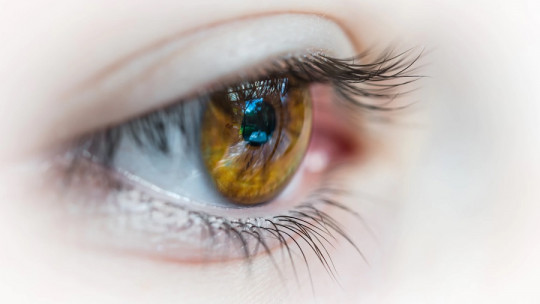It is not easy to define what a hypnotic state is. We can summarize it as a state of suggestibility that occurs through hypnotic induction.
It is not the same as falling asleep, it is different from conventional relaxation and yet the perceptions are different from those in a waking state.
The truth is that with hypnosis the critical factor of our neocortex is transferred, the one that tells us what is reality and what is not. This allows the patient to focus more powerfully on physical and emotional responses, memories and sensations, so that distractors are more controlled.
Who can be hypnotized?
We affirm that The brain in a hypnotic state is in what are called theta waves. We all reach this type of wave frequency at different times in our lives. Certain moments when we fall asleep or wake up, looking at the fire or the sea, when our brain rests and we find ourselves staring into space…
The truth is that the ability to enter hypnosis depends more on the subject’s own defenses, which try, unconsciously, to maintain control at all times as a form of security.
That said, with the interpersonal differences that may exist, Anyone can enter hypnosis with different levels of depth.
Key ideas to keep in mind
So that the person’s unconscious allows them to enter that hypnotic state with as few alarms as possible, it is necessary to clarify some aspects to the patient:
1. The patient will be in control at all times.
You may leave the state at any time. Nobody does anything that is against their personal principles. This implies that the hypnotist has no power over the patient.
2. The subject remains conscious at all times
And you can talk like the therapist when necessary.
3. Nobody gets stuck in a hypnotic state
Everyone “can get out” of this state.
4. There are people who think that entering a hypnotic state implies mental weakness, but it does not
Nothing could be further from the truth, the more powerful that brain is, the better it will enter a hypnotic state.
5. There are people who think they can use it as a lie detector
The reality is that in hypnosis you can lie perfectly. To avoid this type of confusion, it is important to do what is called prehypnotic talk, where all the subject’s doubts about hypnosis are clarified.
The prehypnotic talk
From this talk you can do what are called suggestibility tests. , to check the characteristics of the subject we work with, or the group in question. They are used to see if the person generates a lot of resistance, is very suggestible or doubtful. It can also help us to create suggestions that are used later and check with the person can follow instructions; This is how you can trust the therapist by feeling that the suggestions that the hypnotist is giving work, generating positive expectations about the process, without feeling the pressure of already being hypnotized.
Induction to the hypnotic state
After these tests we begin the induction. The objective of the process is cause the person to enter a hypnotic state or trance.
There is an immense range of hypnotic inductions, some slow, lasting more than 10 minutes, others quick, lasting less than minutes, and others that are immediate.
Induction allows us to overcome what is called the critical factor of the brain , what is considered possible, real, manageable and over which we have control. Induction crosses this border, with the patient feeling that things are happening that are outside their usual perceptions, thus causing the part of our brain that generates control over what surrounds us, the neocortex, to become saturated with information that it considers incoherent, and Our emotional system, the libido, is activated, which does not differentiate too much between reality and imagination.
The deepening state
From this moment we begin the deepening process. We want the person to further increase their state of suggestibility, since the state the patient is in can fluctuate and we want them to delve deeper into what they are feeling at that moment to keep it stable and be able to work with it.
Hypnotic phenomena
Then We can apply what are called hypnotic phenomena, which further deepen the suggestion state. and they also serve to further convince the patient that he is hypnotized (and they are popular in shows).
Some of these typical phenomena are:
Exit from the hypnotic state
Finally we will leave the state emerging with energy and with suggestions of well-being and calm. You will have thus experienced an exercise in hypnosis in all its steps.









